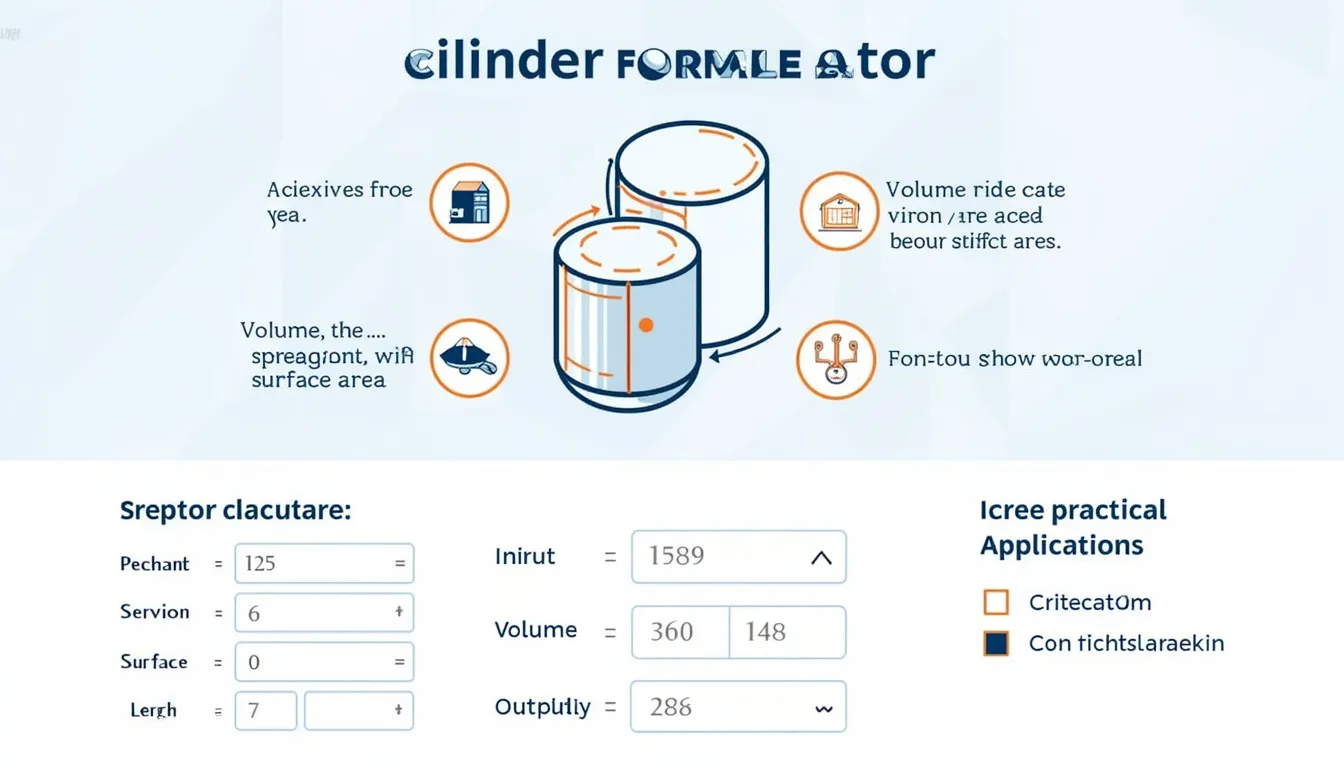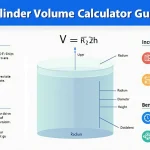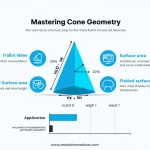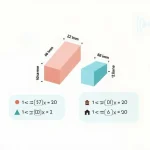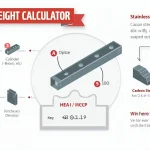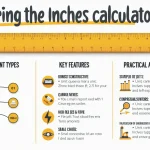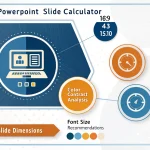Cylinder Calculator
Is this tool helpful?
How to Use the Cylinder Calculator Effectively
Our Cylinder Calculator is designed to make calculating cylinder dimensions quick and straightforward. Follow these simple steps to get accurate results:
- Enter the radius: Provide the radius of your cylinder in the “Radius” field. For example, you can input values like 7.5 units or 12.3 units. Make sure to use consistent units, whether centimeters, inches, or meters.
- Enter the height: Input the height of your cylinder in the “Height” field. Sample inputs could be 15.2 units or 9.8 units. The height should be in the same units as the radius to ensure correct calculations.
- Calculate: Click the “Calculate” button to instantly generate the results.
- Review your results: The calculator will display multiple measurements including volume, surface area, diameter, lateral surface area, and base area.
This intuitive tool is perfect for quickly solving cylinder-related calculations without manual effort, using easy numeric inputs and delivering dependable outputs.
Cylinder Calculator: Definition, Purpose, and Benefits
A cylinder calculator is a user-friendly online tool designed to compute essential geometric properties of a right circular cylinder based on user inputs. By entering the radius and height, users can instantly receive detailed measurements such as volume, surface area, diameter, lateral surface area, and base area.
The primary purpose of this cylinder volume and surface area calculator is to help students, engineers, manufacturers, and DIY enthusiasts save time while ensuring measurement precision. It eliminates the hassle of manual calculations, reducing errors and providing a reliable resource for educational and practical applications.
- Fast and accurate computations without complex formulas
- Comprehensive calculation results covering all fundamental cylindrical properties
- Easy to use interface suitable for learners and professionals alike
- Supports consistent unit inputs to maintain clarity and correctness in measurements
Example Calculations Using This JavaScript-Based Cylinder Calculator
Once you enter the radius and height, the calculator performs all the necessary computations using standard geometric formulas. Here’s how it processes the input values.
Sample Input: Radius = 7.5 units, Height = 15.2 units
- Volume (V): Calculated using the formula $$V = \pi r^2 h$$
- Surface Area (SA): The total surface area, $$SA = 2\pi r (h + r)$$
- Lateral Surface Area (LSA): The curved surface area, $$LSA = 2\pi r h$$
- Base Area (A): Area of one circular base, $$A = \pi r^2$$
- Diameter (d): The full width across the base, $$d = 2r$$
For these inputs, the results will be rounded to two decimal places, providing:
- Volume ≈ 2686.67 cubic units
- Surface Area ≈ 1046.73 square units
- Lateral Surface Area ≈ 716.40 square units
- Base Area ≈ 176.71 square units
- Diameter ≈ 15.00 units
Another Example: Radius = 12.3 units, Height = 9.8 units
- Volume calculated as $$V = \pi \times 12.3^2 \times 9.8$$
- Surface Area as $$SA = 2 \pi \times 12.3 \times (9.8 + 12.3)$$
- Lateral Surface Area as $$LSA = 2 \pi \times 12.3 \times 9.8$$
- Base Area as $$A = \pi \times 12.3^2$$
- Diameter as $$d = 2 \times 12.3$$
Using these values, the calculator quickly delivers:
- Volume ≈ 4667.00 cubic units
- Surface Area ≈ 1352.32 square units
- Lateral Surface Area ≈ 757.37 square units
- Base Area ≈ 474.99 square units
- Diameter ≈ 24.60 units
This instant calculation ability helps you make informed decisions in engineering, education, design, and many other fields that involve cylindrical shapes.
Important Disclaimer
The calculations, results, and content provided by our tools are not guaranteed to be accurate, complete, or reliable. Users are responsible for verifying and interpreting the results. Our content and tools may contain errors, biases, or inconsistencies. Do not enter personal data, sensitive information, or personally identifiable information in our web forms or tools. Such data entry violates our terms of service and may result in unauthorized disclosure to third parties. We reserve the right to save inputs and outputs from our tools for the purposes of error debugging, bias identification, and performance improvement. External companies providing AI models used in our tools may also save and process data in accordance with their own policies. By using our tools, you consent to this data collection and processing. We reserve the right to limit the usage of our tools based on current usability factors.
